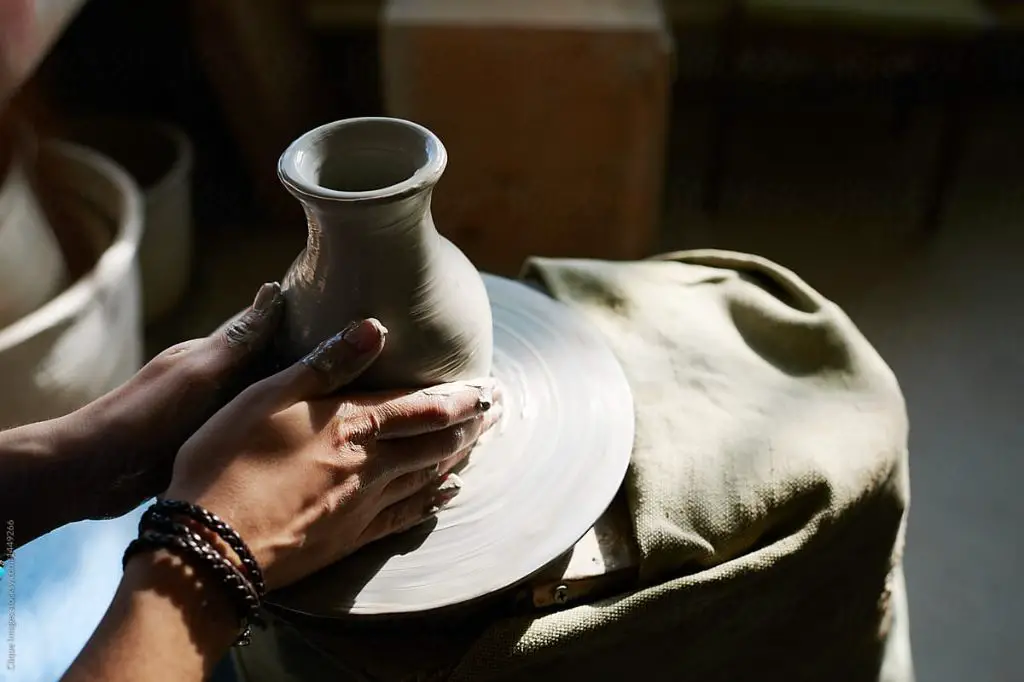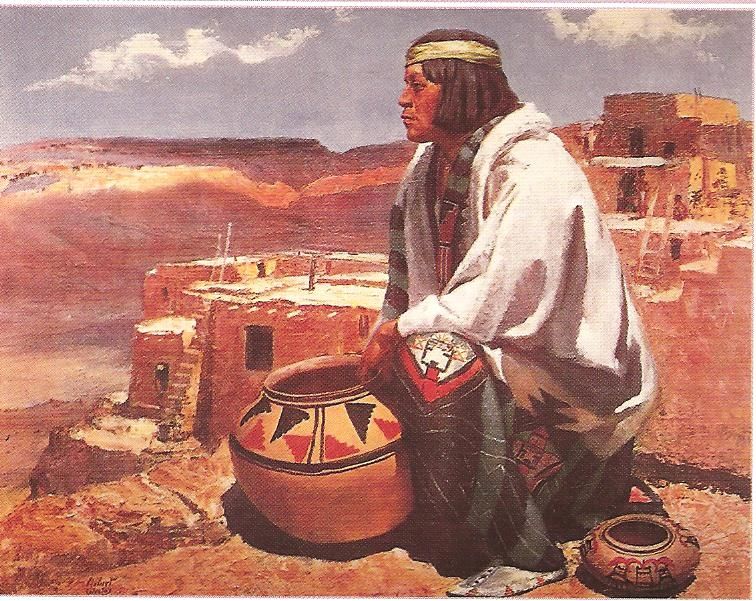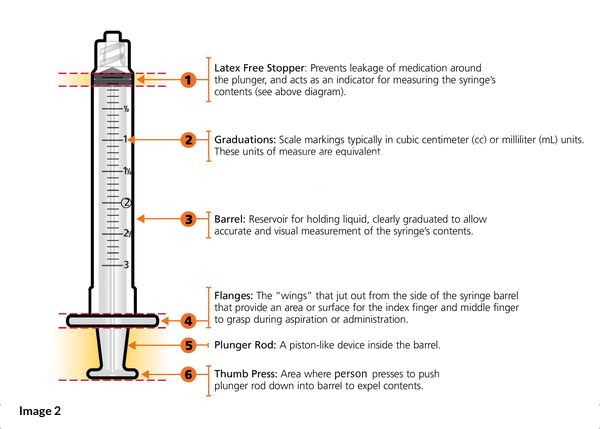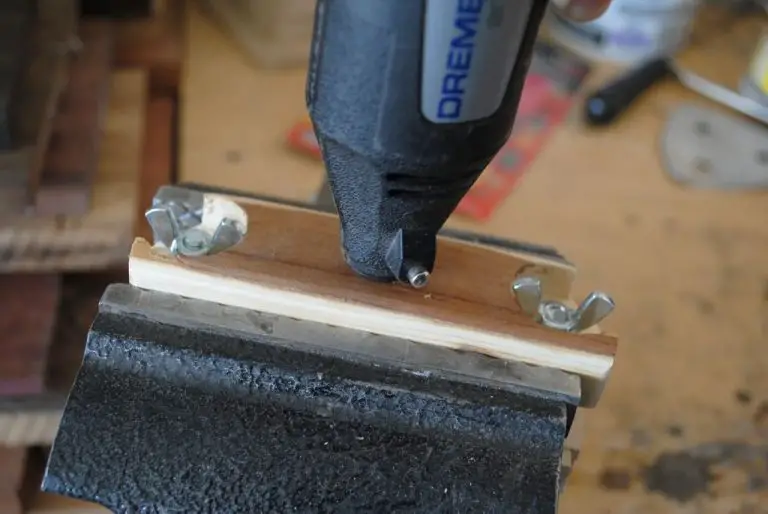What Is Porcelain Clay Like To Work With?
Porcelain clay is a type of fine white clay used for making pottery, figurines, and other ceramic items. It is highly heat-resistant and can be fired at very high temperatures up to 2300°F to produce porcelain ceramics that are strong, hard, opaque, and white. According to Soul Ceramics (source), porcelain clay is made from kaolin clay, also known as China clay. This kaolin clay is usually mixed with small amounts of other clays and minerals like ball clay and feldspar to help strengthen it and reduce shrinkage.
Porcelain clays have very fine particles and low plasticity compared to other clays, making them more difficult to work with. However, fired porcelain wares have a smooth, glassy surface and delicate translucency that other clays can’t achieve. According to Pottery Crafters (source), typical stoneware clay contains 20-30% kaolin while porcelain contains 50% or more kaolin content. The higher kaolin content allows porcelain to vitrify and become non-porous at higher temperatures than stoneware. While porcelain and stoneware overlap in firing range, porcelain becomes glassier and less porous at the top end of the temperature range.
In addition to its beauty, porcelain’s non-porous quality makes it ideal for functional wares like plates, cups and vases. It is resistant to staining, odors and bacteria compared to earthenware clays that absorb liquids. Porcelain’s delicate translucency and purity of color also make it highly suited for sculpting intricate figures, flowers and decorative objects.
Origins and History of Porcelain Clay
The origins of porcelain clay date back over 2,000 years ago in China. According to the Britannica Encyclopedia, porcelain was first invented during the Shang dynasty between 1600-1046 BCE with early “proto-porcelain” wares [1]. True porcelain did not emerge until the Tang dynasty around 618-906 CE. Porcelain production originated and was centered around the city of Jingdezhen in the Jiangxi province, which became known as the “porcelain capital.”
The early porcelain from the Shang dynasty was often colored green and described as “primitive” or “proto-porcelain.” By the Han dynasty around the 1st century BCE, porcelain clay and production techniques had improved with thinner walls and whiter color [2]. Key innovations that led to true porcelain emerged during the Tang dynasty, as kilns reached higher temperatures and clay mixing and glazing techniques were refined.
From China, knowledge and trade around porcelain spread along the Silk Road to the Middle East and eventually Europe by the 14th century. As it reached new regions, they developed their own unique styles, glazes, and forms using the porcelain clay medium. Major porcelain production hubs emerged in Germany, England, and other parts of Asia over the centuries.
Though invented in China, Japan developed its own thriving porcelain industry after the technique was introduced by Korean potters in the 17th century. They created styles like Imari, Kakiemon, and Kutani porcelain. In Europe, famous porcelain makers like Meissen and Sèvres emerged in the 18th century.
Mining and Processing
Porcelain clay is mined from kaolin deposits around the world. Some of the largest deposits are found in Brazil, Australia, and regions of China such as Jingdezhen. Kaolin deposits were formed by the natural erosion and weathering of feldspar-rich rocks like granite. Over millions of years, the feldspar breaks down into fine kaolinite particles that accumulate in thick deposits.
After mining, the raw kaolin goes through various refining and processing steps to prepare it for use by potters. First, the clay is mixed with water and blunged into a slurry. This helps separate out grit, sand, and mica particles. Next, the slurry is sieved to remove the largest impurities. It is then subject to processes like filter pressing, centrifuging, or magnetic separation to extract the purified kaolinite. Some clays may also be treated with chemicals to remove iron and organic contaminants. The processed clay is then spray dried or pressed into dry granules ready for mixing into porcelain clay bodies.
To create porcelain clay, potters will mix the processed kaolin with other raw materials including feldspar, silica, and ball clay. Small amounts of additives are also blended in such as bentonite to improve plasticity. The ingredients are combined, milled, and refined until the desired smooth, plastic, workable porcelain clay body is obtained. (https://www.soulceramics.com/pages/porcelain-clay)
Working Properties
Porcelain clay is known for its high plasticity and excellent workability compared to other ceramic clays. Its plasticity allows it to be pushed, pulled, rolled, and shaped without cracking or distorting1. The clay has a smooth, satiny texture that makes it a pleasure to handle at most stages of working with it. However, in the stiffest stage of bone-dryness, it can become prone to cracking if stressed too far. The high kaolin content gives porcelain both high plasticity and high shrinkage of about 12-15% from wet to fired state2.
In terms of drying, porcelain dries slower than stoneware clays but faster than earthenware. It reaches an ideal stage of plasticity conducive to throwing and handbuilding after about a 15-20 minute wait once wedged. The drying time can be sped up by using a heat lamp, hair dryer, or placing pieces in front of a fan. When bone dry, the unfired clay will be chalky, lighter in color, and fragile. Special care must be taken when handling bone dry porcelain to prevent cracking and breakage.
The fired strength of porcelain is very high due to the tightly compacted particles. It has a high resistance to scratching, chipping, staining, and thermal shock. Porcelain can be thinner and more translucent than stoneware while retaining structural integrity. Its high glass content at maturity gives it increased density, low porosity, and a smooth glossy surface when glazed3. The high kaolin content does make porcelain prone to excessive shrinkage and cracking during firing if the clay body and firing schedule is not optimized.

Shaping and Forming
When handbuilding with porcelain, it’s best to use slow, steady movements and adequate water. Porcelain can be prone to cracking and drying out quickly, so working methodically is key. According to the article “Porcelain for Beginners—8 Tips for Getting Off to a Good Start with Porcelain”, some useful techniques include scoring and slipping joins, supporting forms with wads or foam, and keeping tools and hands moist.
Wheel throwing porcelain requires particular care as well. The article from Soul Ceramics recommends centering the clay well, opening the form slowly, and using a lighter touch than with stoneware to avoid cracking and tearing. Keeping the clay moist with frequent sponging is also important. Let pieces stiffen slightly before handling to reduce warping.
Drying and Firing
Proper drying is an essential first step before firing porcelain clay. After shaping and forming pieces, porcelain should be allowed to air dry slowly over a number of days. Rushing the drying risks cracking and warping the porcelain. According to Soul Ceramics, porcelain clay should dry for at least 5-7 days before firing. Wrap porcelain pieces in plastic if drying too quickly.
Porcelain requires extremely high firing temperatures between 2,381°F and 2,455°F (1,305°C and 1,346°C) according to the article on Slow Firing Porcelain. At these high temperatures, the clay vitrifies and becomes non-porous. Firing develops the strength, hardness and translucency that porcelain is prized for. The firing process can be done in electric, gas or wood-burning kilns designed to reach over 2,300°F. Specific firing instructions depend on the clay body and glazes used.
It’s important to control the firing schedule and follow the manufacturer’s guidelines to properly mature porcelain clay and achieve the desired results. Cooling the fired pieces slowly over 24 hours avoids damaging them.
Glazing
Glazing is a critical step when working with porcelain clay. Glazes serve both decorative and functional purposes by providing a glass-like coating over the clay surface.1 There are many types of glazes that can be used on porcelain, but some good options include:
- Transparent glazes – these allow the underlying clay color to show through while providing a smooth, glassy surface.
- Colored glazes – these come in a wide range of solid colors to create decorative effects.
- Crackle glazes – these form intentional cracks in the surface during firing.
- Matte glazes – these have a soft, muted finish rather than high gloss.
Glazing porcelain requires some special considerations. Porcelain is a very dense, nonporous clay that can lead to glaze fit issues if not addressed properly. Using glazes formulated for porcelain or adding porcelain adjuvants can help improve adhesion. Multiple thin layers of glaze tend to work better than a single thick coat. Glazes low in quartz, feldspar, and zinc also tend to perform better on porcelain’s smooth surface.2
Challenges of Working with Porcelain Clay
Porcelain clay presents some unique challenges compared to other clays due to its finicky nature. Some of the most difficult aspects of working with porcelain include:
Shrinkage – Porcelain shrinks 12-14% from wet to dry state which is more than stoneware or earthenware clays. This high shrinkage rate means extra care must be taken when designing to account for how much the form will reduce in size (1).
Warping – The significant shrinkage of porcelain makes it prone to warping or deforming as it dries. Warping happens when clay dries unevenly. Using consistent thickness, drying slowly, and supporting forms can help prevent warping (2).
Fragility – In both wet and fired states, porcelain is more fragile than other clays. When wet it tears easily and when fired it has low impact resistance making it prone to chipping. Gentle handling is required (3).
Difficulty on the wheel – Porcelain’s dense, non-plastic nature makes it harder to center and shape on the potter’s wheel compared to more plastic clays. Using a bat, minimizing water content, and patience help (1).
Solutions involve starting with quality porcelain, using consistent thicknesses, drying slowly, supporting forms, handling gently, and taking extra care during throwing. Patience and practice working with porcelain’s unique properties lead to success (2)(3).
Notable Uses
Porcelain clay is highly valued for its delicate white color and translucency once fired, making it ideal for creating artworks such as vases, figurines, dinnerware sets, and other decorative objects. Some of the most famous uses of porcelain in art history include:
Types of porcelain clay artworks:
- Vases – delicate porcelain vases are a hallmark of Chinese porcelain art dating back to the Tang dynasty. Famous examples include blue and white porcelain vases from the Ming dynasty.
- Figurines – porcelain figurines depicting people, animals, and scenes are common in Meissen porcelain and other European porcelain factories starting in the 18th century.
- Tableware – dinnerware sets of plates, bowls, teacups made from fine porcelain have been produced by makers like Wedgwood and Royal Copenhagen for centuries.
- Sculptures – porcelain can be sculpted into intricate shapes including flowers, fruits, animals, and human forms.
Famous porcelain artists and works:
Some renowned porcelain artists through history include:
- Johann Joachim Kändler – sculptor for the Meissen porcelain factory in Germany, famous for figurines like The Swing (1740).
- Émile Gallé – French cabinetmaker and glass and ceramic artist acclaimed for Art Nouveau style vases and plaques.
- Bernard Palissy – 16th century French Huguenot potter known for realistic enameled porcelain reptiles and sea life.
- Josiah Wedgwood – English potter who pioneered improved porcelain formulas and glazes; founded the Wedgwood company.
- Kate Malone – contemporary British ceramicist known for vividly glazed sculptural vases.
Some of the most expensive and prized porcelain artworks include rare imperial Chinese vases from the Ming dynasty era and finely crafted tableware from 18th century factories like Meissen.
Conclusion
Porcelain clay has been used for centuries to create beautiful and functional pottery due to its pure white color when fired, strength, and low porosity. This article has covered the origins, mining, processing, working properties, shaping, drying, firing, glazing, notable uses and challenges of working with porcelain. We’ve seen that while porcelain requires great skill to work with, its fine texture, translucence and strength make it a popular choice for potters seeking to create delicate tableware and figures.
Potters choose to work in porcelain because of its versatility – it can be cast, thrown, handbuilt and modeled. When fired, it reaches extremely high temperatures while maintaining its strength and resistance to thermal shock. Its low porosity allows porcelain to be decorated with bright, intricate designs that won’t run or bleed. While porcelain’s finicky nature requires patience and technical knowledge, artists are drawn to its luminous white color and ability to mimic the thinness and delicacy of bone china or eggshells. With proper skill, porcelain clay can be transformed into masterful works that have withstood the test of time.



